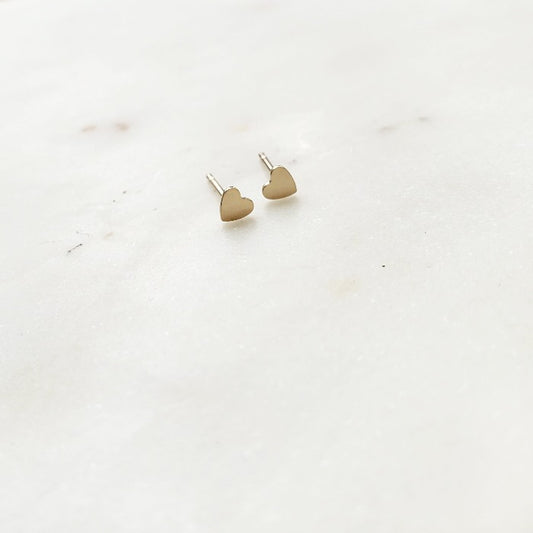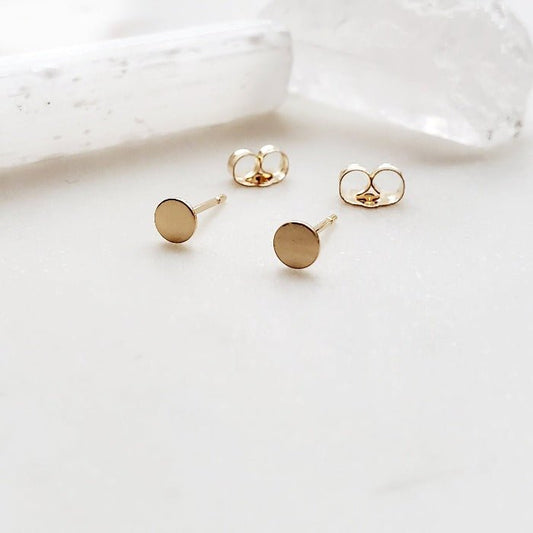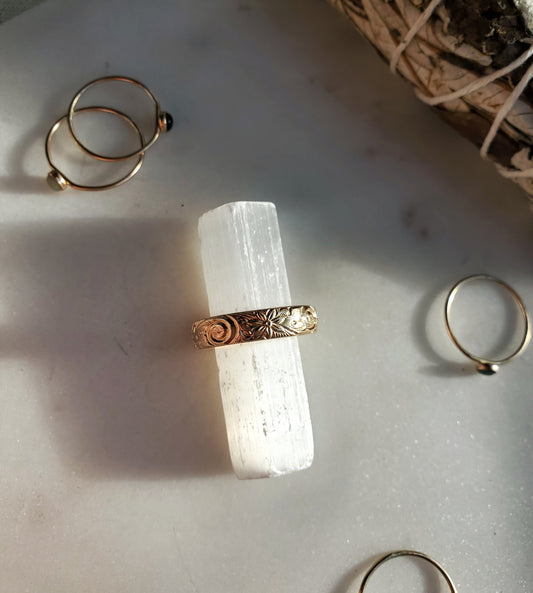Diamond Buying Guide
Why are diamonds so expensive?
Diamonds are incredible rare and regulated. Scarcity alone- both through natural limitations and industry control- makes all diamonds valuable, but some diamonds are more valuable than others. Diamonds are valued based on their characteristics called The 4 C’s.
What makes diamonds unique?
Every diamond is unique with characteristics unto its own. Each reflects the story of its journey from deep inside the earth to a cherished object of adornment. Yet all diamonds share certain features that allow us to compare and evaluate them. These features are called The 4 C’s.
Diamonds come in different colors?
Diamonds actually come in a variety of colors. While white diamonds are traditionally valued on their clarity and lack of color, colored diamonds are valued on their depth of color, ranging from red to purple all colors of the rainbow in between. Some colors are more rare than others, and hence more or less valuable.
What makes a diamond sparkle?
The sparkle of a diamond is actually 3 separate factors: fire, scintillation, and brilliance.
Fire is when a diamond acts like a prism and produces rainbow-like multi-colored sparkles
Brilliance is the white life reflection of a diamond- the signature white flashes.
Scintillation is the play of light across a diamond's facets when a diamond is in motion.
Are diamonds a good investment?
Yes, diamonds are a good investment. Diamonds have continued to increase in value since their first discovery thousands of years ago. With relatively stable price fluctuations, diamonds can retain their value even when other commodities drop. Their durability means they will last forever, and can be recycled into other designs at any point in the future.
Where do diamonds come from?
Formed by heat and pressure 100 miles below the earth's surface, diamonds are hundred of millions or even billions of years old- the oldest thing you'll ever touch. Brought to the earth's surface through ancient volcanic activity, only 2% of the earth's rocks are diamonds. It takes roughly one ton of earth to produce less than half of carat of raw diamond.
Are lab-grown diamonds real diamonds?
Having the same atomic structure as natural diamonds, lab-grown diamonds are identical in nearly every way. While lab-grown diamonds lack the history, rarity, and natural inclusions of a natural diamond, they are much more ethical and sustainable since they do not require destructive mining practices.
Is moissanite the same as a diamond?
While moissanite looks a lot like diamonds, it is actually its own naturally occuring rare mineral made of silicon and carbon first discovered in a meteor crater in Arizona. However, all moissanite used in jewelry is man-made, as natural moissanite is too small for jewelry. Its lower cost, durability, sustainability, intense sparkle, and near-flawless clarity make it a great diamond alternative.
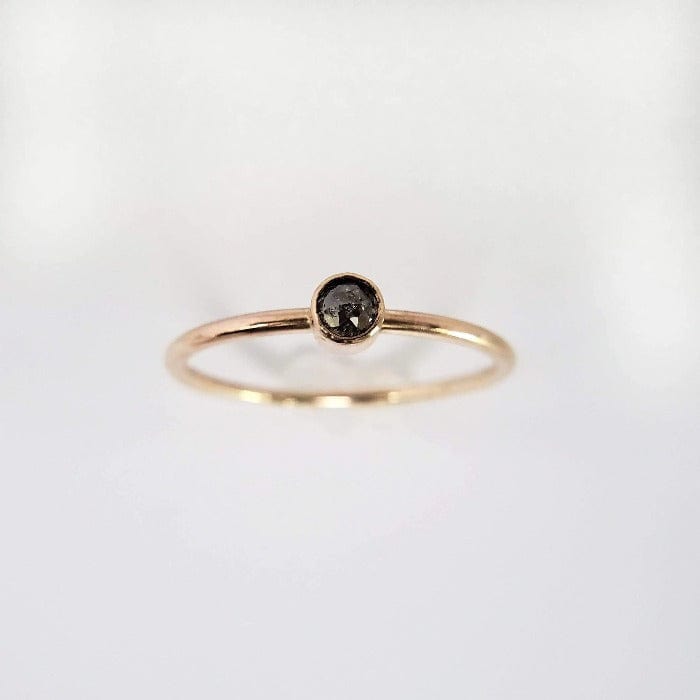
Arcana Silver
Bague simple sel et poivre en or 14 carats et diamants
Share

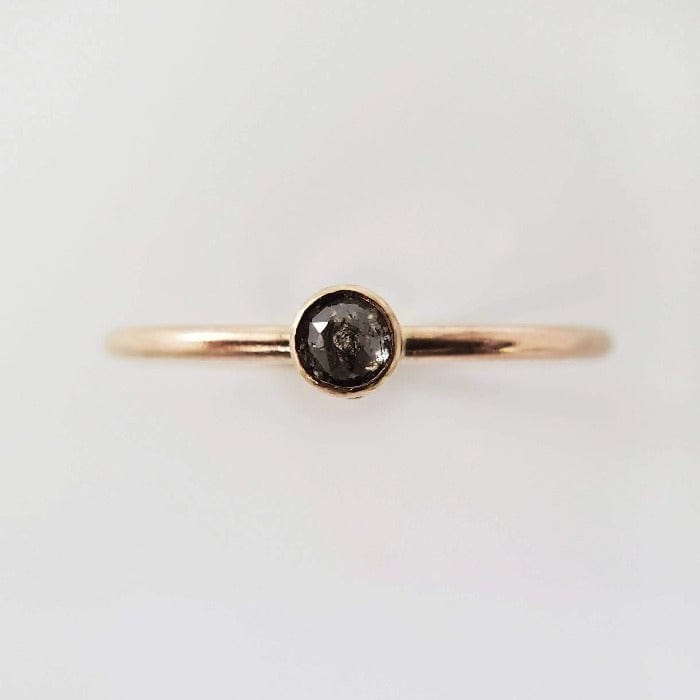

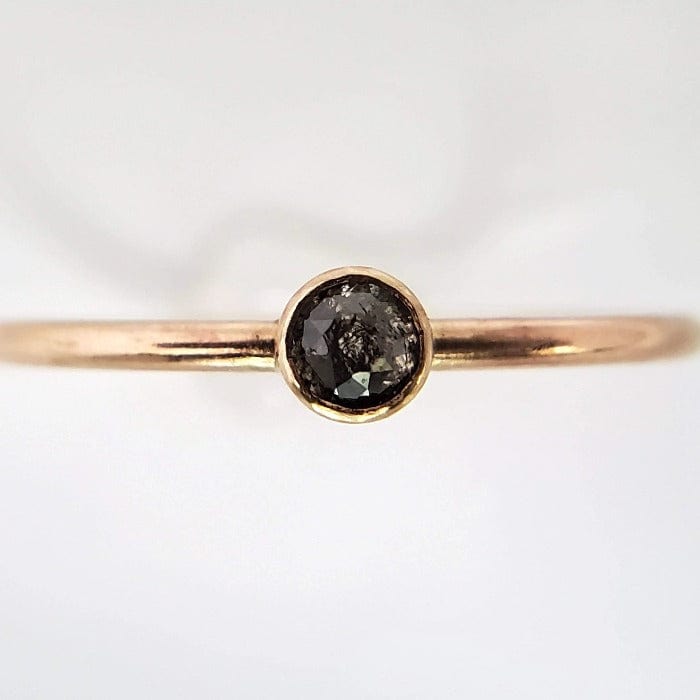


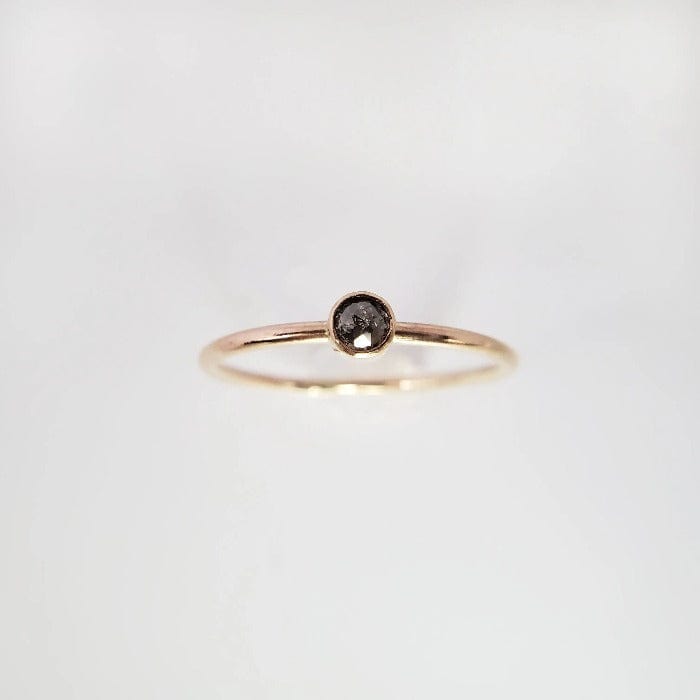
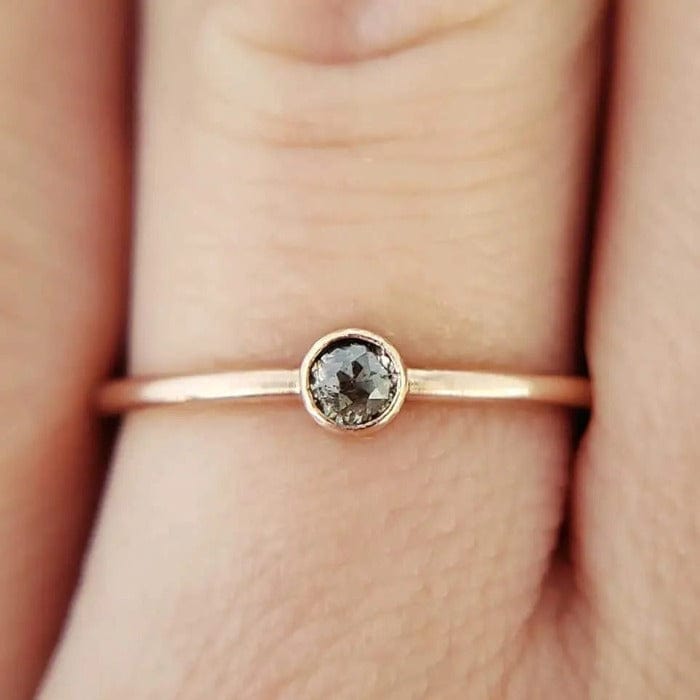

Featured collection
Our Signature Collection includes solid karated gold and rare gemstones. Designed to last a lifetime and longer, these are heirloom pieces that can be passed on through generations. A wearable investment to cherish.
-
Heart Studs
Prix habituel Du $16.00 USDPrix habituelPrix unitaire par -
Full Moon Studs
Prix habituel Du $24.00 USDPrix habituelPrix unitaire par -
Bague simple sel et poivre en or 14 carats et diamants
Prix habituel $499.00 USDPrix habituelPrix unitaire par -
Bague en or 14 carats avec saphirs nigérians
Prix habituel $1,420.00 USDPrix habituelPrix unitaire par


